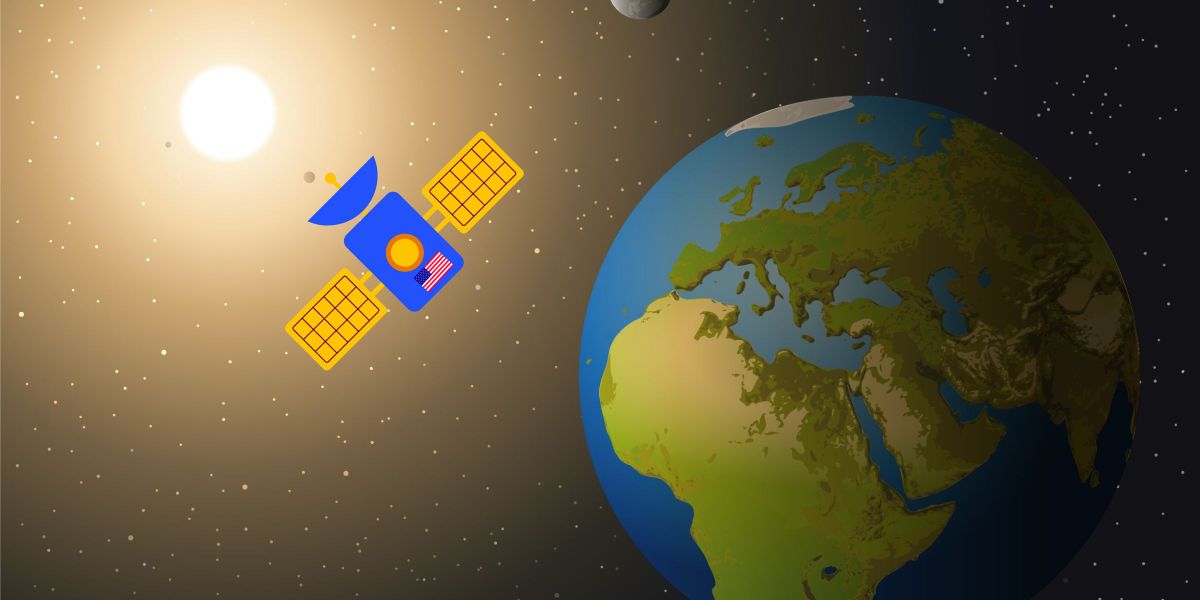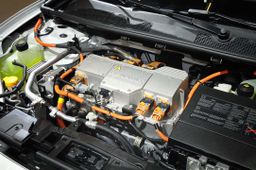The race for unlimited energy from solar farms continues. A team of American researchers manages to collect sunlight in space and transmit it to Earth for the first time in history. Japan plans an experiment with satellites in 2025
US researchers have overtaken Japan, which is planning a grand experiment with satellites by 2025, in the race to develop solar farms in spacea concept that has been pursued for decades.
A team of Caltech researchers has announced an important advance in this fieldwith the successful completion of an experiment that demonstrates the feasibility of wireless transmission of solar energy from space.
The space prototype developed by Caltech, called Space Solar Power Demonstrator (SSPD-1), has managed to collect sunlight, convert it into electricity, and send it to microwave receivers located on the Pasadena campus. This experiment has also shown that the device can withstand the harsh conditions of space.
According to Ali Hajimiri, Professor of Electrical Engineering and Medical Engineering and Co-Director of Caltech’s Space Solar Power Project (SSPP), this achievement is a first. The experiment, known as MAPLE, is one of three research projects carried out aboard SSPD-1 that include microwave receivers and transmitters with custom chips.
“To our knowledge, no one has ever demonstrated wireless power transfer in space, even with expensive rigid structures. We are doing it with flexible lightweight structures and with our own integrated circuits.”, Ali Hajimiri declared in a press release.
Space solar power has been a long-standing goal in the scientific community due to its potential to offer an almost unlimited source of renewable energy.
Solar panels in space could collect sunlight regardless of the time of day, and the use of microwaves to transmit the power would overcome interference caused by cloud cover.
Japan, satellites to transmit energy from space in 2025
While Caltech has made this significant progress, You’re not the only player in the space solar power race. The Japanese space agency, JAXA, recently announced a public-private partnership to send solar power from space by 2025.
Japan has already made previous successful advances in this area, up to eight times, highlighting the successful transmission of 1.8 kilowatts of power through a wireless receiver in 2015.
The Caltech Space Solar Power Project was founded in 2011 and continues to explore different approaches and technologies for making solar power in space a reality. In addition to the MAPLE experiment, the SSPD-1 is used to test which types of solar cells are most effective in space conditions.
The advance marks a milestone in the search for space solar power and highlights the growing interest and competition in this field. As technology advances and technical and economic challenges are overcome, space solar power could become a key clean and sustainable energy source for the future.



